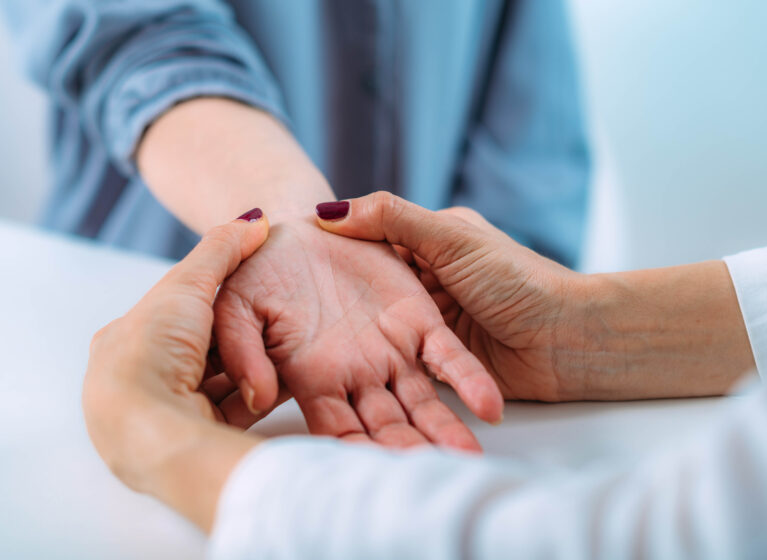
Brent R. DeGeorge Jr., MD, PhD, a plastic and maxillofacial surgeon with UVA Health, has an urgent message for physical medicine and rehabilitation physicians: refer patients with a T1 or higher cervical spinal cord injury (SCI) to a hand surgeon for evaluation.
Through various nerve and tendon transfer techniques, expert surgeons can restore a degree of hand and upper limb function that boosts a patient's quality of life and independence.
Why Refer During the Acute Phase of Rehab
In the aftermath of SCI with associated tetraplegia, physical medicine and rehabilitation physicians often work with patients on transfers as well as bowel/bladder control, feeding, and other issues. But that's only part of the picture, according to DeGeorge.
"During that acute phase of rehab, patients are rarely referred to a tertiary care center for an evaluation of their upper extremities," he says. "This is a big deal because giving someone without upper-extremity function the ability to bend and straighten their elbow, for example, can have a huge impact on what they're able to do on a day-to-day basis."
Evaluating Patient Goals & Motor Units
The new UVA Orthopedic Center features a multidisciplinary clinic that brings hand surgeons DeGeorge, Aaron M. Freilich, MD, and orthopedic department chair A. Bobby Chhabra, MD, together to evaluate the patient. The process begins with an in-depth discussion about the patient's current limitations and functional goals.
Some patients want to be able to transfer independently from the wheelchair to the bed. Others, with higher functioning, may want to enhance their grip and grasp abilities, in order to operate a power chair or provide self-care.
Another piece of the evaluation, assessing the presence of motor units, is critical to identifying next steps. "We follow an international classification for patients with tetraplegia that dictates what procedures may be viable," DeGeorge says. "Basically, the more motor units that they have below the elbow, the more options we have at our disposal to improve functioning."
A Breadth of Experts Delivering Individualized Care
The ultimate goal of the evaluation is to determine an individualized care plan that can then be executed at UVA Health.
"The Orthopedic Center houses orthopedic surgery specialists, plastic surgery specialists, prosthetics and orthotics, physical medicine, and rehab, all co-localized," DeGeorge says. "We essentially offer shoulder-to-fingertip care for patients with spinal cord injury. So, a patient can get several months' worth of treatment under one roof."
The UVA Health team has expertise in everything from nerve transfer techniques that are available only at very high-volume centers to more commonplace tendon transfers. The latest edition of UVA's "Orthopaedic Journal" highlights the case of a patient with SCI who underwent transfer of the brachialis branch of the musculocutaneous nerve to the anterior interosseous nerve branch. Within 6 months of the procedure, the patient had developed volitional control of rudimentary finger flexion and some thumb flexion. Additional procedures will be required for digital extension using further tendon transfers.
"Some of the motor nerve transfers and sensory nerve transfers that we do allow us to restore, pretty impressively, someone's ability to grip, grasp, pinch, and manipulate objects with their hands," DeGeorge says. "The tendon transfers provide more rudimentary function and are backed by years and years of data. The challenging aspect of those is ensuring more SCI patients have access."
Indeed, improving access to both nerve and tendon transfer procedures is important not only for improving patients' quality of life and independence but also for lowering health care costs. Recent studies demonstrate that residual upper limb function is the single greatest determinant in hospital readmission rates for patients with SCI.